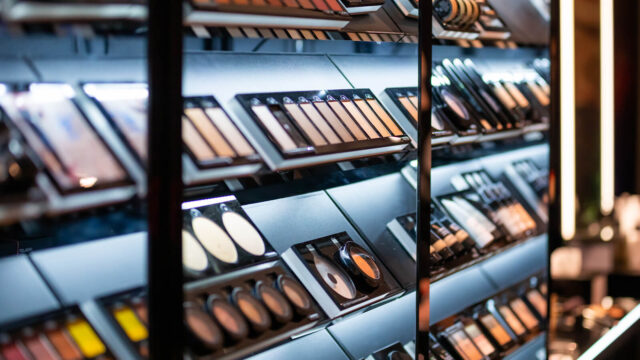You are not mistaken. There is a war on beauty
The price of cosmetics and beauty products have seen a signifcant increase over the past couple of years due to multiple factors which include increasing taxes and cost of production and rising inflation.

By now, you have noticed the steady increase in the price of your favourite beauty product, which was never cheap in the first place.
A product like roll-on, which used to cost about KSh300 in 2017, now costs more than KSh500, a 66 per cent increase.
The increase in the prices can mostly be attributed to the increasing taxes, which started with the introduction of 10 per cent Excise Duty in 2017. There was a further increase, made via the Finance Act, to 15 per cent in 2022.
Like other manufacturers, players in the cosmetics industry were forced to incur the cost of changing from the Electronic Tax Register (ETR) to the Tax Invoice Management System (TIMS).
This year, the government increased the cost of Excisable Goods Management System (EGMS) stamps to KSh2.50 per stamp.
Writing about the subject earlier this year, Dr Gasheri Mugao, who heads the Cosmetics and Hygiene Sub-sector at the Kenya Association of Manufacturers said the customer has to bear the cost of all the changes.
“Beside the cost of the stamp, manufacturers, majority of whom are Small and Medium Enterprises, will be required to procure the EGMS machines which may not be compatible with the factory systems or be forced to hire people to place the stamps on the product and incur logistics costs of getting the stamps,” she said.
She argued that the introduction of new taxes and regulations would make it difficult to invest in the sector.
Like other manufacturers, cosmetics makers have also been forced to pass on to the consumer the increased cost of production brought about by inflation, the depreciation of the Kenya shilling against the dollar, and the increased cost of electricity and fuel.
This year’s Finance Act initially contained a proposal to impose a five per cent tax on human hair, wigs, artificial lashes, nails, and switches. The proposal was dropped by the Finance Committee of the National Assembly, which was won over by the argument that increasing the taxes would push the many young men and women in the sector.
Kenya has a vibrant cosmetics sector with various studies indicating that it is growing. Statista.com, which specializes in data gathering and visualization, reports that the revenue in the beauty and personal care market in Kenya this year will be KSh295.8 billion. The market is expected to grow annually by 7.7 per cent.
Personal care – the products applied on various external parts of the body – is the largest segment, with a volume of KSh154 billion.
It is also fairly easy to enter the market, according to Dr Gasheri, “because capital requirement is low, raw materials are locally available and the relative ease of manufacturing.”
That is apparently the reason why the sector is dominated by women-owned Small and Medium Enterprises.
